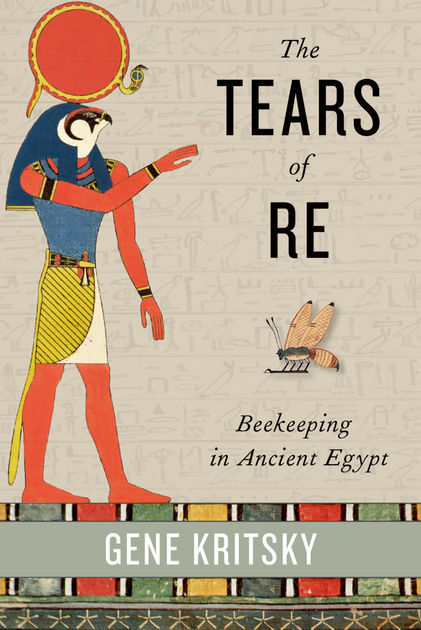grandegyptianmuseum:“The first evidence of an Egyptian connection with bees goes back to nearly 3000
grandegyptianmuseum:“The first evidence of an Egyptian connection with bees goes back to nearly 3000 BCE, when the honey bee hieroglyph appeared in the royal titulary to represent the Delta region (Crane 1999). Moreover, Ransome (1986) claimed that there was an official who held the title “Sealer of the Honey” in the First Dynasty. This would imply that either organized honey hunting or true beekeeping was established by this time in Egypt. Newberry (1905) mentioned two titles that related to honey: the “Sealer of the Honey [Jars]” and the “Divine Sealer.” Newberry argued that the Sealer of the Honey Jars was among the oldest of the titles in the Egyptian State, and that it related to the “primitive luxuries” that were available to the pharaoh’s table. He goes on to state that this title was likely a relic of “the most extreme antiquity.”Clearly, Egyptians 5,000 years ago were aware of honey bees and valued honey, but the use of these titles does not document the practice of beekeeping at this time. This is also true for other early honey bee representations that have been described from Anatolia and central Europe (Crane 1999). Some kind of archaeological evidence of a human-made hive is needed to reveal the origin of true apiculture. Even better would be evidence of hives along with humans processing the hive products for their own use. The oldest such evidence is from the Old Kingdom of ancient Egypt.”― The Tears of Re: Beekeeping in Ancient Egypt, by Gene Kritsky -- source link
Tumblr Blog : egypt-museum.com
#ancient egypt#books
